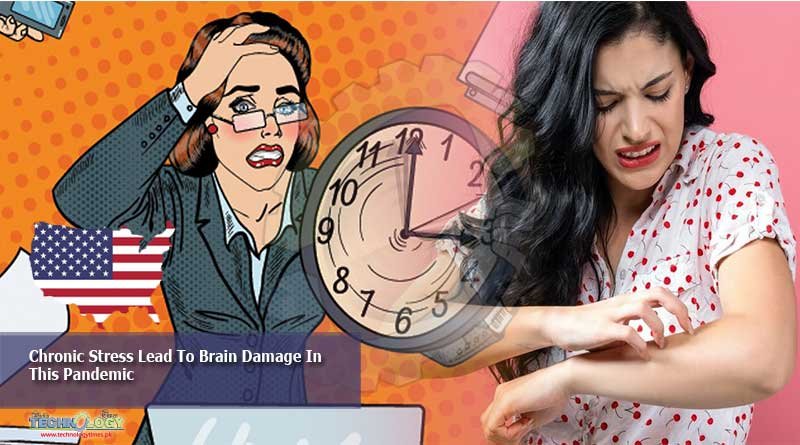From chronic stress, inattention to emotional numbness, we can break unhealthy mental patterns by training the brain to behave differently.

Our brain circuits have been affected by COVID-19, with some functions under strain.
Chronic stress is most damaging, resulting in tendencies to ruminate, have negative bias and an alarmist sense of threat, emotional numbness, inattention and cognitive fog.
These patterns can be broken by training the brain to behave differently.
COVID-19 has touched each of us somehow. Many now recognize that caring for our mental health is as essential as addressing the virus if we are to emerge stronger, more connected and more resilient.
The Ancient Greeks said “know thyself” to live soundly, but it is only now that we have the technology to start understanding how our individual experiences arise from the complexity of our brains. Gaining understanding of our brain responses offers a window into how mental health symptoms arise, and allows us to mitigate the negative effects of the pandemic on mental health.
At the Stanford Center for Precision Mental Health and Wellness (PMHW), we are looking at cutting-edge techniques to understand how brain circuits make us who we are – and what happens when they go awry.
Brain circuits are like sections of an orchestra; they are composed of many individual brain cells and perform diverse functions on their own, yet must operate in concert with each other to create a harmonious mind. Myriad factors influence the way these circuits operate, for better or worse. Among the most damaging influences on these circuits is chronic stress, wherein parts of your brain that help you with short-term problems (a hungry tiger) are applied to problems with longer timeframes (a global pandemic).
Chronic stress on your circuits can be the first step toward clinical depression or an anxiety disorder. We have quantified the ways that different brain circuits can get disrupted or stuck (which we call “biotypes”). If you recognize yourself in a biotype, it doesn’t necessarily indicate a diagnosis of clinical depression. But it can be a step toward learning how your brain functions.
Here are six biotypes based on work from the PMHW, with tips to deal with their impacts. These are informed by our understanding of the brain circuits and not the result of systematic studies in their own right.
The article is originally published at the print.
